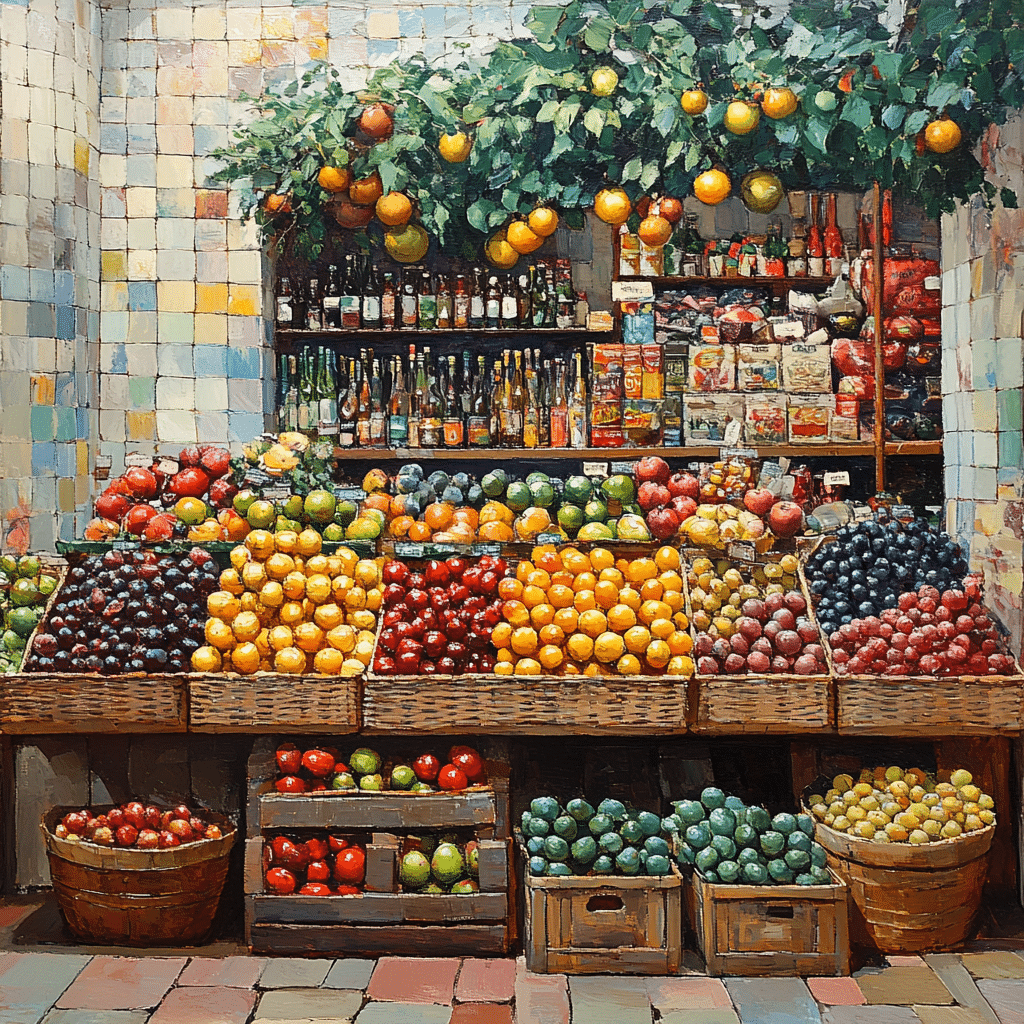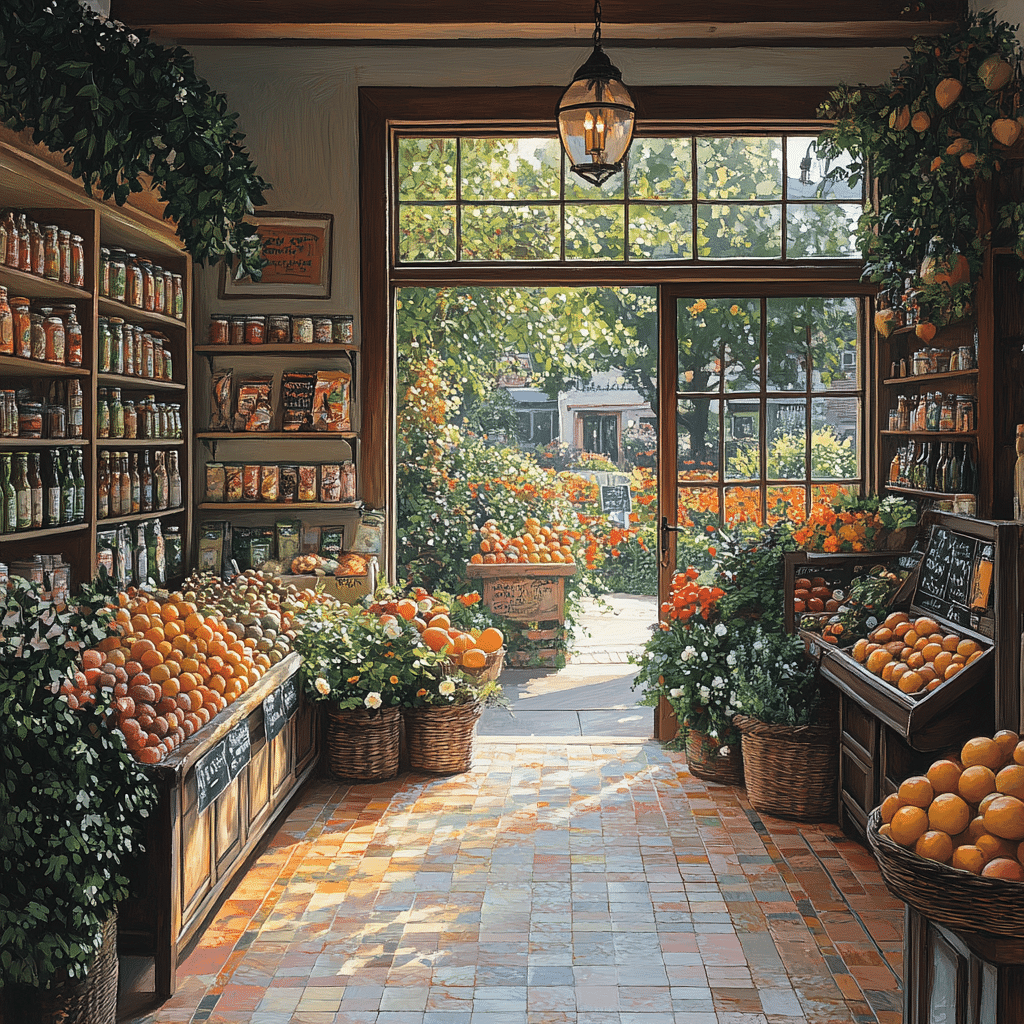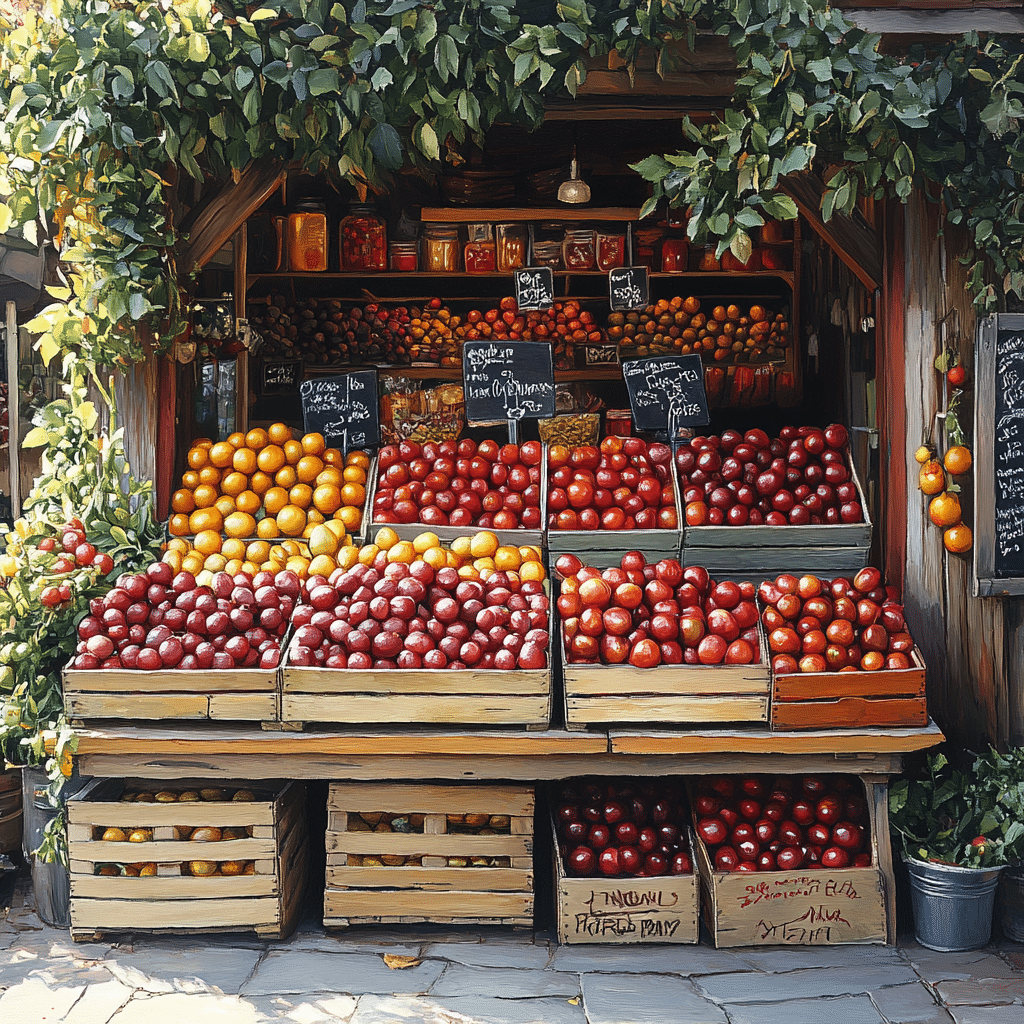In today’s fast-paced world, the neighborhood market provides a refreshing alternative to traditional grocery chains. Often bustling with energy, these markets transform local commerce into an experience that brings communities together. Unlike big-box stores, neighborhood markets proudly display the flavors, cultures, and artisan talents of their respective locales. With a growing focus on health and sustainability, these hidden gems are revolutionizing not just shopping but also our relationship with food.
Top 7 Neighborhood Markets Revolutionizing Local Shopping
Neighborhood markets have become essential to modern life. Let’s dive into seven standout markets that are setting the tone for local shopping experiences in 2024.
1. Union Market – Washington, D.C.
Deserving of a standing ovation, Union Market is a feast for the senses. Located in a former industrial space, this vibrant food emporium boasts over 40 vendors. From the creamy gourmet cheeses at Cowgirl Creamery to the delightful pastries from Whisked!, this market is about more than food—it’s about community. Regular events celebrating local culture might include food festivals and cooking classes, making Union Market a hub for social interaction.
2. The Ferry Building Marketplace – San Francisco, CA
On the stunning San Francisco waterfront, the Ferry Building Marketplace stands out for more than just its picturesque views. Renowned vendors like Blue Bottle Coffee serve up iconic brews, while talented chefs host demonstrations, converting simple ingredients into culinary masterpieces. Dive into artisan bread, seasonal produce, and an array of local goods that showcase the best of California. With a focus on local sourcing, this market extends beyond mere shopping—it’s a culinary journey.
3. Smorgasburg – Brooklyn, NY
Smorgasburg is not your average food market; it’s a full-on cultural phenomenon attracting food enthusiasts from all corners. Picture over 100 vendors dishing out everything from mouthwatering artisanal donuts to inventive vegan options. It’s a celebration of culinary creativity and community engagement, where not just food but local stories and passions burst forth with every bite. If you’re in the mood for a weekend outing, this market’s lively atmosphere is irresistible.
4. Granville Island Public Market – Vancouver, Canada
Granville Island Public Market is a beacon for fresh, local, and organic produce. Tightly packed with passionate vendors — from Honey Jars’ exquisite honey to The Lobster Man’s ocean-fresh seafood — this market champions the symbiotic relationship between farmers and consumers. With an emphasis on sustainability, Granville Island encourages healthier practices while maintaining an inviting environment where you can enjoy live music and art installations.
5. Pike Place Market – Seattle, WA
Feel the energy at Seattle’s iconic Pike Place Market, famous not just for its fish throwers but for its deep-rooted commitment to local farmers and artisans. Here, you can savor fresh scallops while supporting small businesses. The market also addresses social issues by providing services to local residents in need, exemplifying a community-focused approach. It’s a treasure trove of crafts, foods, and experiences that ensure you leave with more than just groceries.
6. Chelsea Market – New York, NY
Situated in the bustling heart of Manhattan, Chelsea Market delivers a diverse array of global flavors all under one roof. Grab tacos at Los Tacos No. 1, indulge in gourmet pasta at Chelsea Market Basket, or simply stroll through its lively atmosphere. The market doesn’t just stop at food; it promotes local artists through rotating exhibits, adding to the cultural richness of the community. Visiting Chelsea Market is always a vibrant experience.
7. The Grove – Los Angeles, CA
More than a mere shopping mall, The Grove integrates an outdoor market vibe that stands apart from its competitors. With a dedicated farmer’s market section, visitors can sample everything from fresh, locally sourced produce to artisanal cheeses. The atmosphere is electric, often featuring live music and community events. It’s a gathering place reinventing the meaning of shopping by intertwining dining, entertainment, and community.

Why Neighborhood Markets Matter: A Deep Dive into Community Impact
So, why should you care about neighborhood markets? The impact of these local gems goes far beyond shopping carts and receipts. Their influence resonates through the community, economy, and environment.
Economic Benefits
Neighborhood markets aren’t just about fresh food; they are a boon to local economies. Prioritizing local vendors means more money stays within the community. For every dollar spent at a local business, around 68 cents remains in the local economy, fostering economic resilience. This dynamic not only benefits the vendors but consumers too, leading to greater investment in community infrastructure.
Environmental Sustainability
By focusing on local sourcing, neighborhood markets often feature organic and sustainably grown goods. This operational practice significantly reduces the carbon footprint from food transport and actively promotes eco-friendly farming methods. Choosing to shop at these markets directly translates to healthier ecosystems, benefiting everyone from farmers to consumers.
Strengthening Community Bonds
Neighborhood markets serve as social hubs that cultivate community connections. They regularly host events, workshops, and cultural celebrations, all of which promote local identity and camaraderie. Research points to the idea that strong social networks enhance overall well-being and community satisfaction. When we gather at these markets, we build a community that stands tall through thick and thin.
The Future of Neighborhood Markets: Trends to Watch
Looking ahead, neighborhood markets are on the cusp of exciting transformations, with several trends shaping their evolution.
Digital Integration
In 2024, tech-savvy solutions are on the rise. Many neighborhood markets are adopting digital platforms that allow for online ordering and delivery. This convenience meets the demands of busy consumers while expanding the reach of local vendors. By blending technology with traditional shopping, these markets enhance accessibility and foster a greater community outreach.
Emphasis on Health and Wellness
As society becomes increasingly health-conscious, neighborhood markets are adjusting their offerings to cater to this trend. Expect to see more organic produce, gluten-free options, and health-oriented products lining the shelves. This shift reflects a growing communal belief in wellness-driven lifestyles, recognizing that what we eat directly impacts our health.
Culinary Innovation
Finally, there’s a surge of culinary innovation happening right in these markets. Vendors have an opportunity to experiment with local ingredients, creating unique culinary experiences catered to diverse palates. By embracing creativity, these markets can attract broader audiences while sustaining local culture and cuisine.

Embracing the Neighborhood Market Experience
The neighborhood market experience is more than just an opportunity to shop; it’s a celebration of local culture, community connections, and sustainable practices. As we advance through 2024, these markets promise to enrich our diets and strengthen our neighborhoods—block by block. By supporting these hidden gems, we pave the way for a sustainable future, nurturing the very essence of local communities. So, grab your reusable bags and head to your nearest neighborhood market; who knows what treasures you’ll find? Embrace the adventure, and savor each moment!
For more wholesome insights, remember to check out this intriguing exploration of personal stories in Stone Butch blues, or discover the innovative background of the Bnsf Emulator. If you’re a fan of nostalgic tunes, don’t miss the heartwarming narrative behind Afternoon Delight. And for wellness journeys, learn about Sage Robbins and the compelling narratives of military life showcased in Special Ops Lioness. Ready to indulge? Treat yourself to a delightful glass of Belle Glos pinot noir, or celebrate love with a heartfelt Feliz Cumpleaños mi amor. Curious about octopuses? You can find out How many Brains an octopus Has. And don’t forget the powerful conversation between Montel Williams And Kamala harris — there’s always more to explore and learn!
Neighborhood Market Trivia: Discovering the Hidden Gem
Vibrant Food Communities
Did you know that neighborhood markets often serve as cultural hubs for local communities? These markets aren’t just about shopping; they’re about socializing and preserving traditions. For instance, many neighborhood markets celebrate local foods, from artisan cheeses to fresh produce, tapping into community heritage. It’s fascinating how these small businesses often showcase flavors that might otherwise be lost; many are even committed to sustainable practices, supporting local farmers. Speaking of community love, you might be surprised to find out that nearly 70% of consumers prefer shopping locally to strengthen their local economy.
Flavorful Facts
Moving on to what’s cooking, the variety at a neighborhood market can be mind-blowing! From exotic spices to seasonal fruits, every visit feels like a culinary adventure. What’s cool is that many markets offer cooking classes or demos with local chefs, making it a great way to learn new recipes right after you’ve shopped. You might stumble upon a recipe that features that funky vegetable you saw in the market—how’s that for a fun surprise? Plus, local drink makers often set up shop, giving a taste of homemade brews and fresh-pressed juices. Enthusiasts often explore these local vendors to craft their perfect mix of flavors and fun; it’s no wonder these places have become hot spots.
The Community Connection
Lastly, let’s talk about the impact these markets have on local economies. Neighborhood markets often create a vibrant ecosystem for small businesses to thrive. Statistically, one study noted that every $100 spent at a neighborhood market generates $68 in local economic activity, compared to just $43 at chain stores—impressive, right? Not only does shopping local help your wallet, but it also builds community connections, as folks often bump into their neighbors or discover local artists displaying their crafts. It’s a whole experience that keeps giving back, making that next trip to your favorite neighborhood market even more meaningful.
So, whether you’re seeking the freshest produce, unique artisan goods, or a simple social outing, neighborhood markets are indeed hidden gems waiting to be explored!































